By Fred Albert, Houzz
Like a blank page or canvas, an empty room can be either an opportunity or a challenge. With so many ways to fill it, how do you know where to start?
These guidelines won't turn you into an interior designer overnight. But they'll steer you in the right direction and help you to achieve professional-looking results with a minimum of stress.
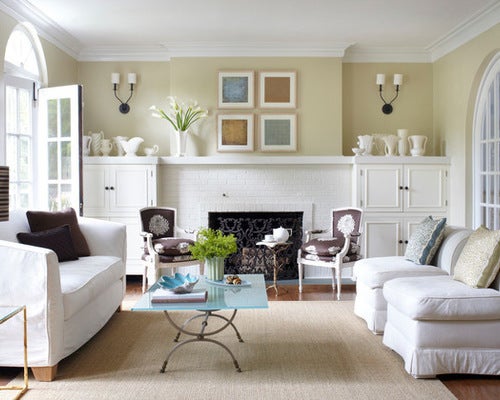
Original photo on Houzz
Function. Consider how the room is used and how many people will use it. That will dictate the type of furnishings you'll need and the amount of seating required.
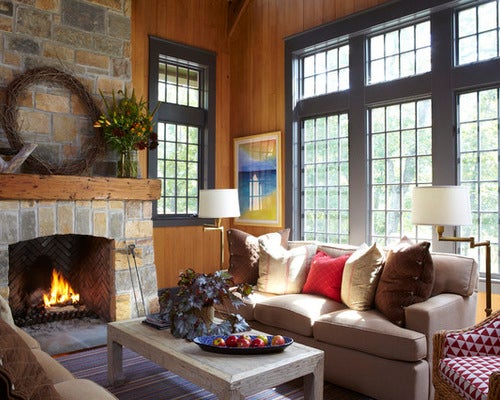
Original photo on Houzz
Focal point. Identify the room’s focal point — a fireplace, view, television etc.— and orient the furniture accordingly. If you plan to watch television in the room, the ideal distance between the set and the seating is three times the size of the screen (measured diagonally). Therefore, if you’ve got a 40-inch set, your chair should be 120 inches away.
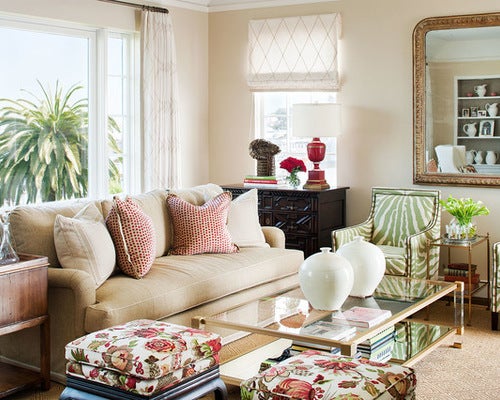
Original photo on Houzz
Priority. Place the largest pieces of furniture first, such as the sofa in the living room or the bed in the bedroom. In most cases this piece should face the room’s focal point. Chairs should be no more than 8 feet apart to facilitate conversation. Unless your room is especially small, avoid pushing all the furniture against the walls.
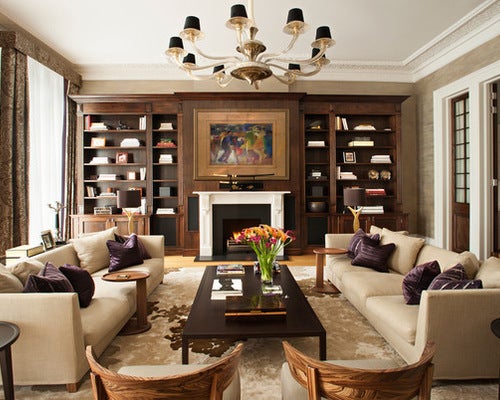
Original photo on Houzz
Symmetry. Symmetrical arrangements work best for formal rooms. Asymmetrical arrangements make a room feel more casual.
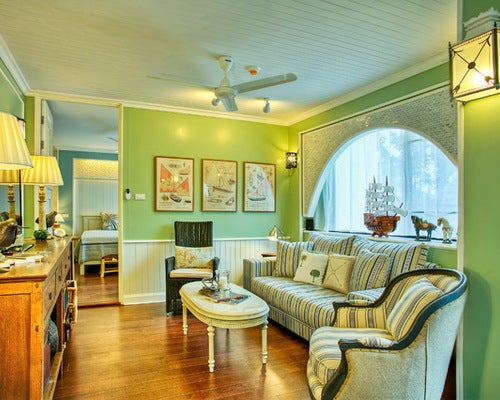
Original photo on Houzz
Traffic. Think about the flow of traffic through the room — generally the path between doorways. Don’t block that path with any large pieces of furniture if you can avoid it. Allow 30 to 48 inches of width for major traffic routes and a minimum of 24 inches of width for minor ones.
Try to direct traffic around a seating group, not through the middle of it. If traffic cuts through the middle of the room, consider creating two small seating areas instead of one large one.

Original photo on Houzz
Variety. Vary the size of furniture pieces throughout the room, so your eyes move up and down as you scan the space. Balance a large or tall item by placing another piece of similar height across the room from it (or use art to replicate the scale). Avoid putting two tall pieces next to each other.
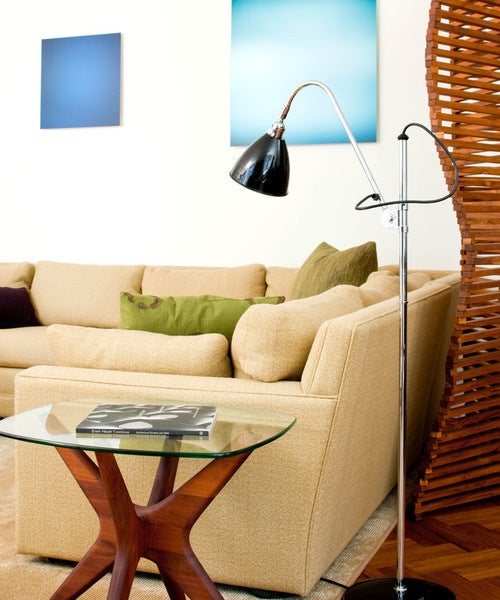
Original photo on Houzz
Contrast. Combine straight and curved lines for contrast. If the furniture is modern and linear, throw in a round table for contrast. If the furniture is curvy, mix in an angular piece. Similarly, pair solids with voids: Combine a leggy chair with a solid side table, and a solid chair with a leggy table.
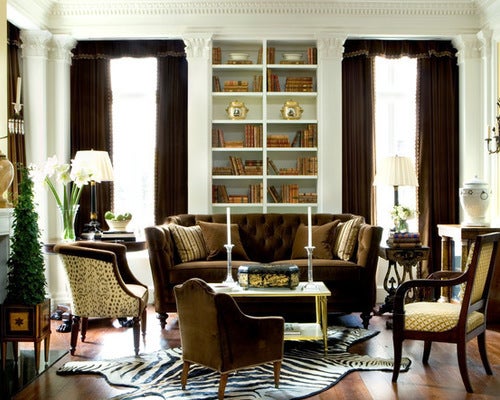
Original photo on Houzz
Ease of use. Place a table within easy reach of every seat, being sure to combine pieces of similar scale, and make sure every reading chair has an accompanying lamp. Coffee tables should be located 14 to 18 inches from a sofa to provide sufficient legroom.
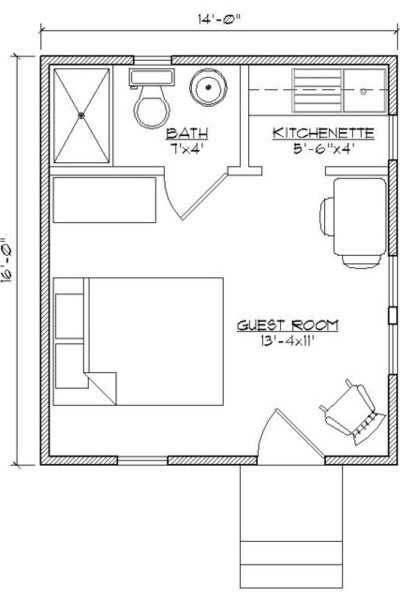
Original photo on Houzz
Planning. Give your back a break. Before you move any actual furniture, test your design on paper. Measure the room’s dimensions, noting the location of windows, doors, heat registers and electrical outlets, then draw up a floor plan on graph paper using cutouts to represent the furnishings. Or, better yet, use a digital room planner to draw the space and test various furniture configurations. It’s less work and a lot more fun.

